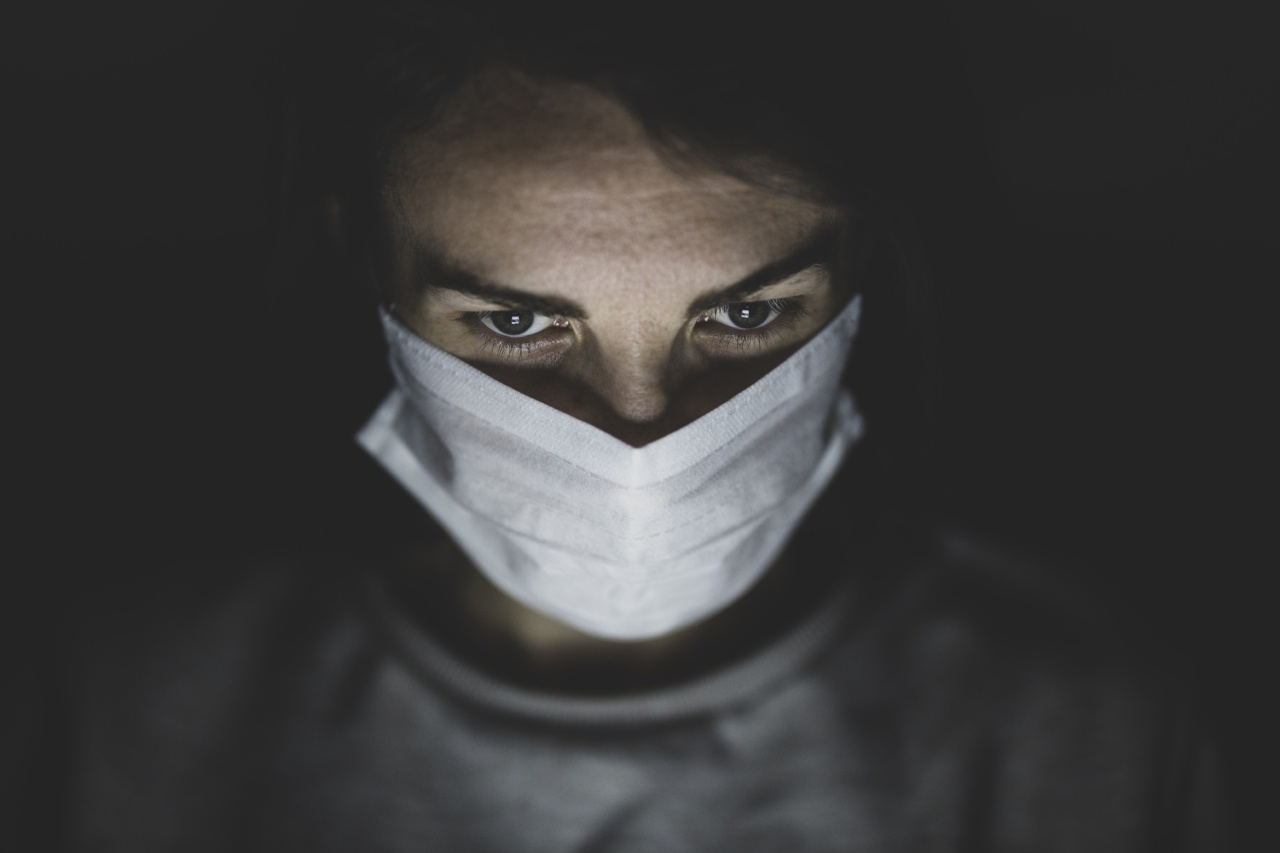Getting a manicure is a popular way to pamper oneself and achieve well-groomed nails. However, many people are unaware of the potential dangers associated with this seemingly harmless beauty treatment.
From spreading infections to triggering allergic reactions, manicures can pose serious risks that should not be underestimated.
The Importance of Proper Sanitization
One of the primary concerns when it comes to manicures is the risk of infection. Nail salons are bustling places where various customers come to get their nails manicured.
In such an environment, it is crucial for salons to have strict sanitization practices in place. Unfortunately, not all establishments prioritize this aspect, which can lead to the transmission of harmful bacteria and viruses.
Many nail infections, such as fungal infections, can easily spread through the tools and equipment used during a manicure.
Nail clippers, files, and cuticle pushers, if not properly cleaned and sterilized between each use, can become a breeding ground for bacteria. When these contaminated tools come into contact with your nails and skin, they can introduce harmful microorganisms, leading to infections.
Common nail infections that can result from unsanitary manicure practices include fungal infections like onychomycosis, bacterial infections like paronychia, and viral infections like herpes.
These infections not only cause discomfort and pain but may also require extensive treatment to resolve.
Allergic Reactions to Nail Products
Another danger associated with manicures lies in the potential for allergic reactions to the nail products used. Nail polishes, nail glues, and acrylic or gel nail extensions often contain chemicals that some individuals may be allergic to.
These allergens can cause adverse skin reactions, known as contact dermatitis, even with brief exposure.
Formaldehyde, toluene, and dibutyl phthalate (DBP) are some of the common chemical ingredients found in conventional nail products.
These chemicals have been known to cause allergic reactions in certain individuals, ranging from mild skin irritation to severe allergic dermatitis. Repeated and prolonged exposure to these allergens can further exacerbate the reactions and lead to chronic dermatological issues.
It is important to note that allergies can develop over time. You may have had manicures in the past without any adverse reactions, but suddenly find yourself experiencing skin irritation or redness after a nail treatment.
Allergies can be unpredictable, and it is essential to be aware of the potential risks associated with the products used during manicures.
Preventive Measures for a Safe Manicure
To ensure a safe manicure experience, there are several preventive measures you can take:.
1. Choose a reputable salon
Research and select a nail salon that prioritizes sanitization and hygiene. Look for reviews or ask for recommendations from trusted sources to find a salon with a good reputation.
2. Bring your own tools
If you are concerned about the cleanliness of salon-provided tools, consider investing in your own nail clippers, files, and buffers. By using your personal tools, you can be confident in their cleanliness and reduce the risk of infection.
3. Avoid cutting cuticles
Pushing back cuticles is generally considered safe, but cutting them can create pathways for bacteria to enter and cause infections. Therefore, it is advisable to refrain from cutting cuticles during a manicure.
4. Opt for natural and non-toxic nail products
Choose nail polishes and other products that are free from harmful chemicals like formaldehyde, toluene, and DBP.
Look for labeled products that claim to be “3-free”, “5-free”, or “10-free” to minimize the risk of allergic reactions.
5. Be vigilant for any signs of infection or allergic reactions
Pay attention to your nails and the surrounding skin after a manicure. Check for any redness, swelling, pain, or discharge. Similarly, monitor your skin for rashes, itching, or other signs of an allergic reaction.
If you notice any abnormalities, seek prompt medical attention.
Conclusion
While manicures may seem like an enjoyable and harmless beauty routine, it is crucial to be aware of their potential risks. The spread of infections and the possibility of allergic reactions should not be taken lightly.
By choosing reputable salons, practicing good hygiene, and being mindful of the products used, you can minimize the chances of experiencing adverse effects from your manicure.































